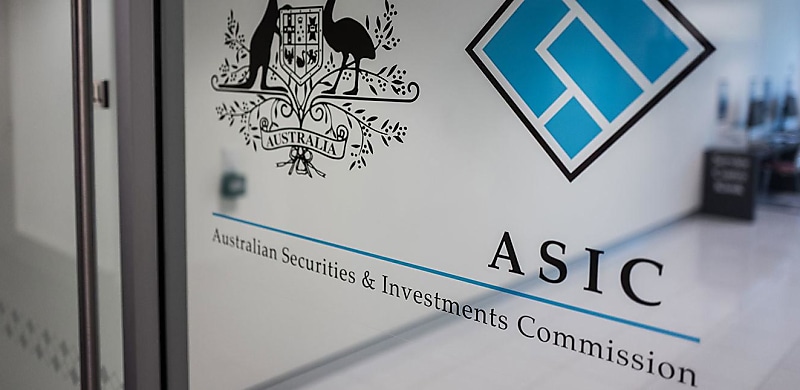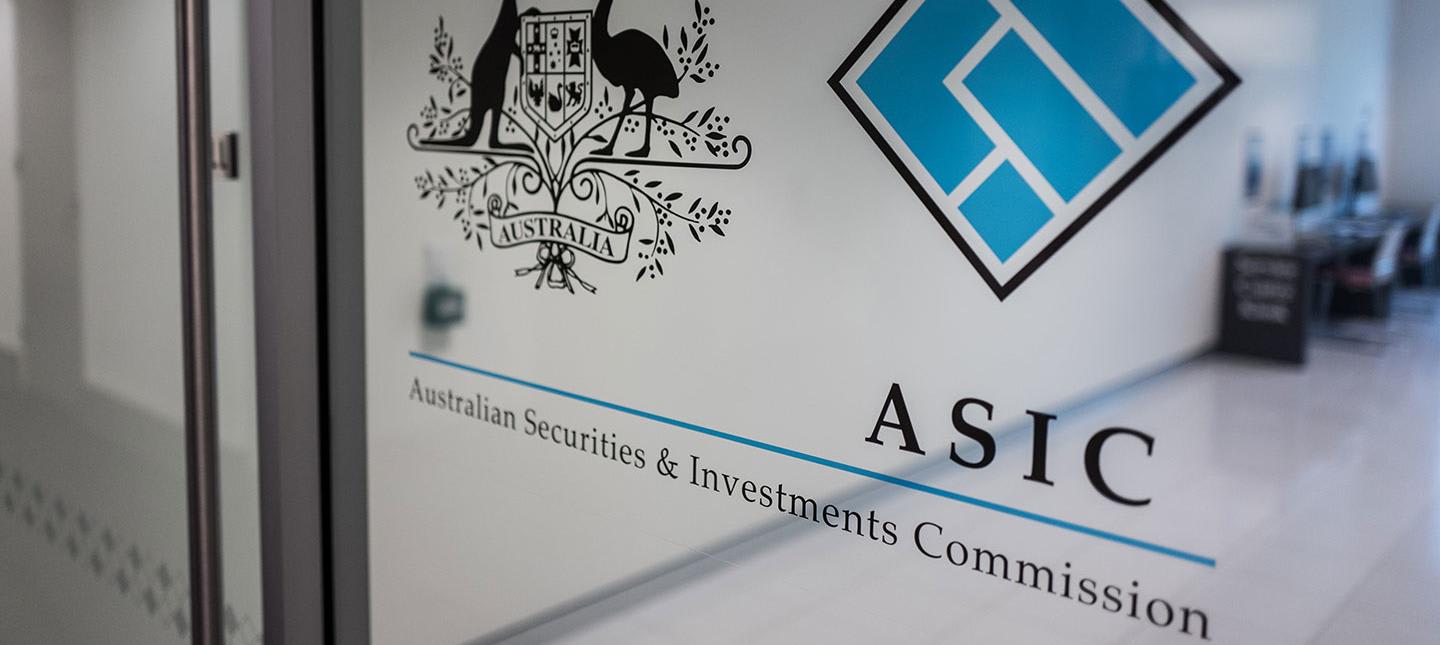
The cost of regulating credit intermediaries is expected to be $4.9 million this year, according to ASIC, 43 per cent less than it was last year.
The Australian Securities & Investments Commission (ASIC) has published its cost recovery implementation statement (CRIS) for 2022–23, revealing how much it expects to charge regulated entities for the work it’s undertaken this financial year.
Under the ASIC industry funding model, the Australian government determines the regulator’s budget. ASIC then recovers its regulatory costs through industry funding levies (cost recovery levies and statutory levies) and fees for service.
It has now released estimated costs and levies for its regulatory work and associated costs for the 2023 financial year, which are indicative at this stage.
While final invoices will be issued between January and March 2024 (after actual levies have been calculated), ASIC has released the CRIS to help entities plan and budget for the levies and fees to be charged.
Overall, ASIC estimates it will recover a total of $352.0 million of regulatory costs via cost recovery levies and statutory levies this financial year.
For the deposit-taking and credit sector, ASIC expects to recoup a total of $55.45 million in levies ($50.31 million in cost recovery levies and $5.15 million in statutory levies).
Of this, just $4.86 million will come from the 4,291 credit intermediaries it regulates (entities that hold a credit licence authorising them to engage in credit activities other than as a credit provider). This represents 43 per cent less than ASIC charged last year, when $8.68 million was recovered.
Moreover, the cost per representative has also dramatically decreased, falling to a minimum levy of $1,000, plus $14.62 per credit representative. Last year, it was $1,000 plus $171.97 per credit representative.
This will be a welcome reduction for those paying the levies for the 37,703 credit representatives operating underneath them.
The lower fees largely reflect the fact that ASIC has not taken much regulatory action against the broking sector this year.
According to ASIC, its strategic work in the deposit-taking and credit sector over FY23 included:
- Developing guidance and building capabilities for the Financial Accountability Regime
- Improving, reviewing, and enforcing the design and distribution obligations
- Reviewing and developing approaches to tackle scams (and taking enforcement action to combat serious investment scams)
- Monitoring and implementing the breach reporting
- Protecting financially vulnerable credit consumers though enforcement action
- Supporting better banking for Indigenous consumers
- Continually monitoring larger financial institutions and conducting proactive reviews of topical issues
- Engaging on proposed law reforms on consumer leases and short-term, small amount finance (as well as taking enforcement action to ensure costs are legal and correctly calculated)
- Monitoring developments in lender responses to borrowers experiencing financial difficulty due to rising cost-of-living pressures (including enforcement against misconduct impacting financially vulnerable consumers)
Outside of the broking industry, credit providers (i.e. lenders) will face costs of $31.81 million, with a minimum levy of $2,000, plus $38.41 per $1 million of credit provided above $100 million (other than for small and medium amount credit contracts).
Small and medium amount credit providers will be charged $7.03 million in costs, with an estimated levy of $52.29 per $10,000 of credit provided under small and medium credit contracts.
 Login
Login











JOIN THE DISCUSSION